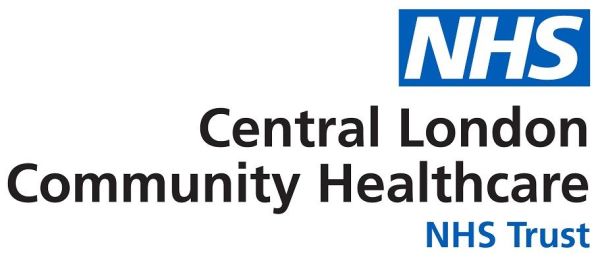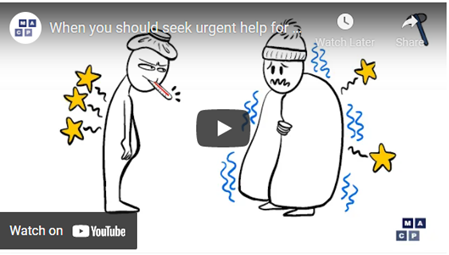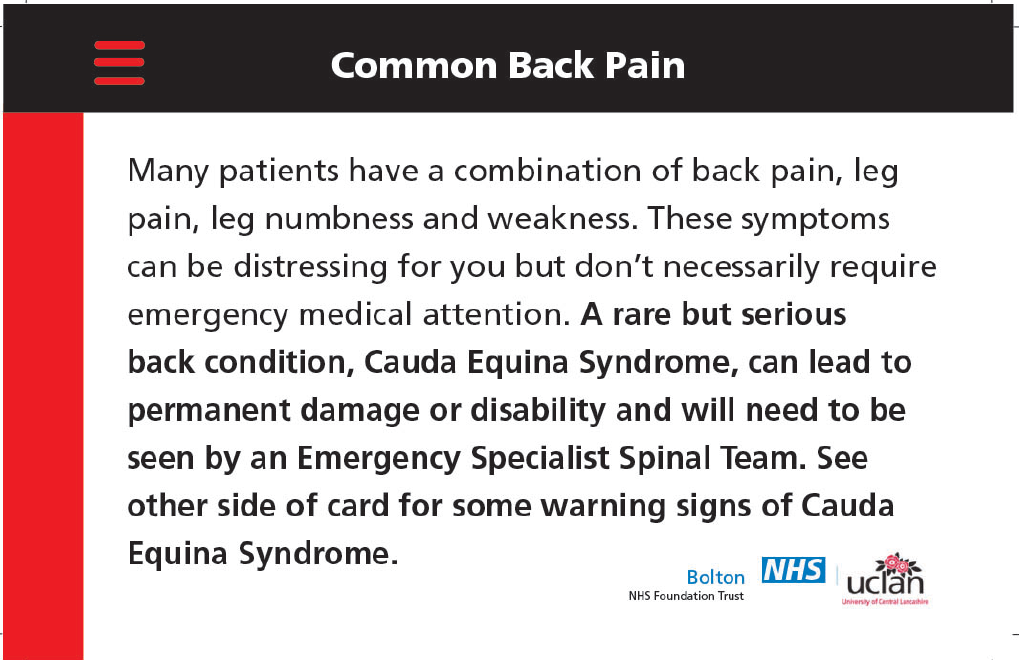It is often not possible to identify the cause of back pain. Doctors call this non-specific back pain. Sometimes the pain may be from an injury such as a sprain or strain, but often it happens for no apparent reason. It is very rarely caused by anything serious.
Occasionally back pain can be caused by:
- A slipped (prolapsed) disc (Slipped disc - NHS (www.nhs.uk)) - where a disc of cartilage in the spine presses on a nearby nerve
- Sciatica (Sciatica - NHS (www.nhs.uk)) - irritation of the nerve that runs from the pelvis to the feet.
These conditions tend to cause additional symptoms, such as numbness, weakness or a tingling sensation, and they're treated differently from non-specific back pain.
- Ankylosing spondylitis (Ankylosing spondylitis - NHS (www.nhs.uk)) (swelling of the joints in the spine) - this causes pain and stiffness that’s usually worse in the morning and improves with movement.
- Spondylolisthesis (Spondylolisthesis - NHS (www.nhs.uk)) (a bone in the spine slipping out of position) - this can cause lower back pain and stiffness, as well as numbness and a tingling sensation
These conditions are treated differently to non-specific back pain. Click the links to find out more.
Spinal stenosis - narrowing of the nerve passages in the spine. These can caused with degenerative changes and disc pathology.
Very rarely, back pain can be a sign of a serious problem such as:
- a broken bone in the spine
- an infection
- cauda equina syndrome (where the nerves in the lower back become severely compressed)
- cancer
If you see your GP or Physiotherapist with back pain, they will look for signs of these.
The main treatments for back pain are described below. You can also read (Back pain - Treatment - NHS (www.nhs.uk)) to compare the options.





